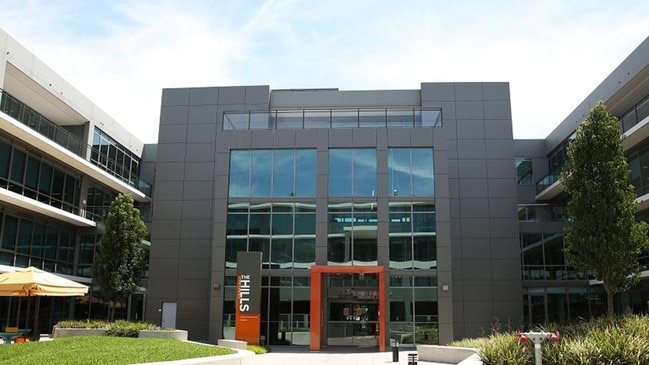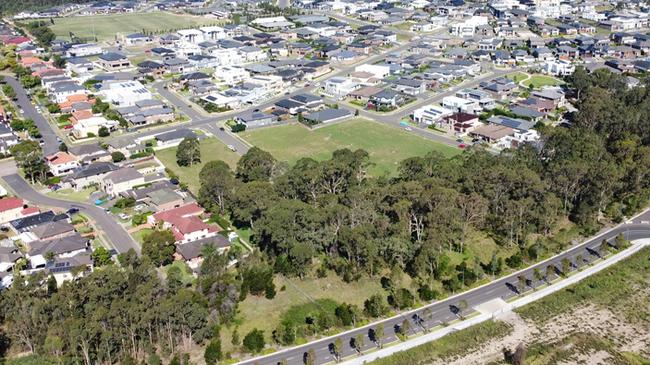Hills Shire Council: Councillors vote for pay rise following resident rate increase
A group of northwest Sydney councillors has green-lit their own pay rises, while at the same time voting to increase rates for residents. See what it means for you here.

Hills Shire
Don't miss out on the headlines from Hills Shire. Followed categories will be added to My News.
Hills Shire councillors have voted to increase their own pay – while also approving a rate rise – leaving residents frustrated amid a cost-of-living crisis.
Last month, Hills Shire councillors voted in favour of a wallet booster, increasing the maximum annual salary of councillors to $32,590, while Hills Shire Mayor Peter Gangemi’s salary will rise to $126,000 over the next financial year.
Hills Shire rates will increase by 69 cents a week, as confirmed by a council spokeswoman and a recent council meeting - with a massive $90,074,971 in income expected to be generated in the next financial year from rates alone.
According to council documents The Hills rate peg for the 2023-24 financial year has been set by the Independent Pricing and Regulatory Tribunal at 4.2 per cent, including a “population growth factor” of 0.5 per cent.
The rate rise remained below the seven per cent inflation rise.
Kellyville resident Russell Harding said he “didn’t think it was right”.

“With just about everything getting more expensive it seems a bit rough that we’re expected to pay more,” Mr Harding said.
Hornsby Shire Council is set for a 31 per cent rate increase over four years, after applications for special rate variations were approved by the Independent Pricing and Regulatory Tribunal.
Parramatta Council recently rejected a move to approve a payrise for councillors – arguing the cost of living was too high for residents.
Meanwhile, Parramatta’s proposed rate rise was less than four per cent.
IPART chair Carmel Donnelly said certain criteria set by the Office of Local Government had to be met for the council’s applications to be approved.
“We considered everything raised in submissions including the impact of rates increases on ratepayers given current cost of living pressures,” she said.
Criteria needed to be met includes council’s demonstrating a need for higher income, the council providing evidence its communities are aware of the need for rate rises, explaining the council’s productivity and cost containment actions and plans, and establishing the impact on affected ratepayers is reasonable.

Ms Donnelly said IPART had received more than 1800 submissions from the community about the special variation applications, including from people who raised “broader issues about the financial model for councils”.
After assessing all 17 applications, IPART approved 14 and partially approved three (meaning their rate rises will be temporary).
A Hills Shire Council spokeswoman said salary increases were an annual process by the Local Government Remuneration Tribunal.
“It determines the maximum rates of mayoral and councillor fees,” she said.
“Council makes provisions for the fees in its adopted budget.”
The council said the rate peg was set by IPART.




